How to Choose Paint Colors for Your Home
Not sure what color to paint your home? Use this handy guide to paint your house like a pro.
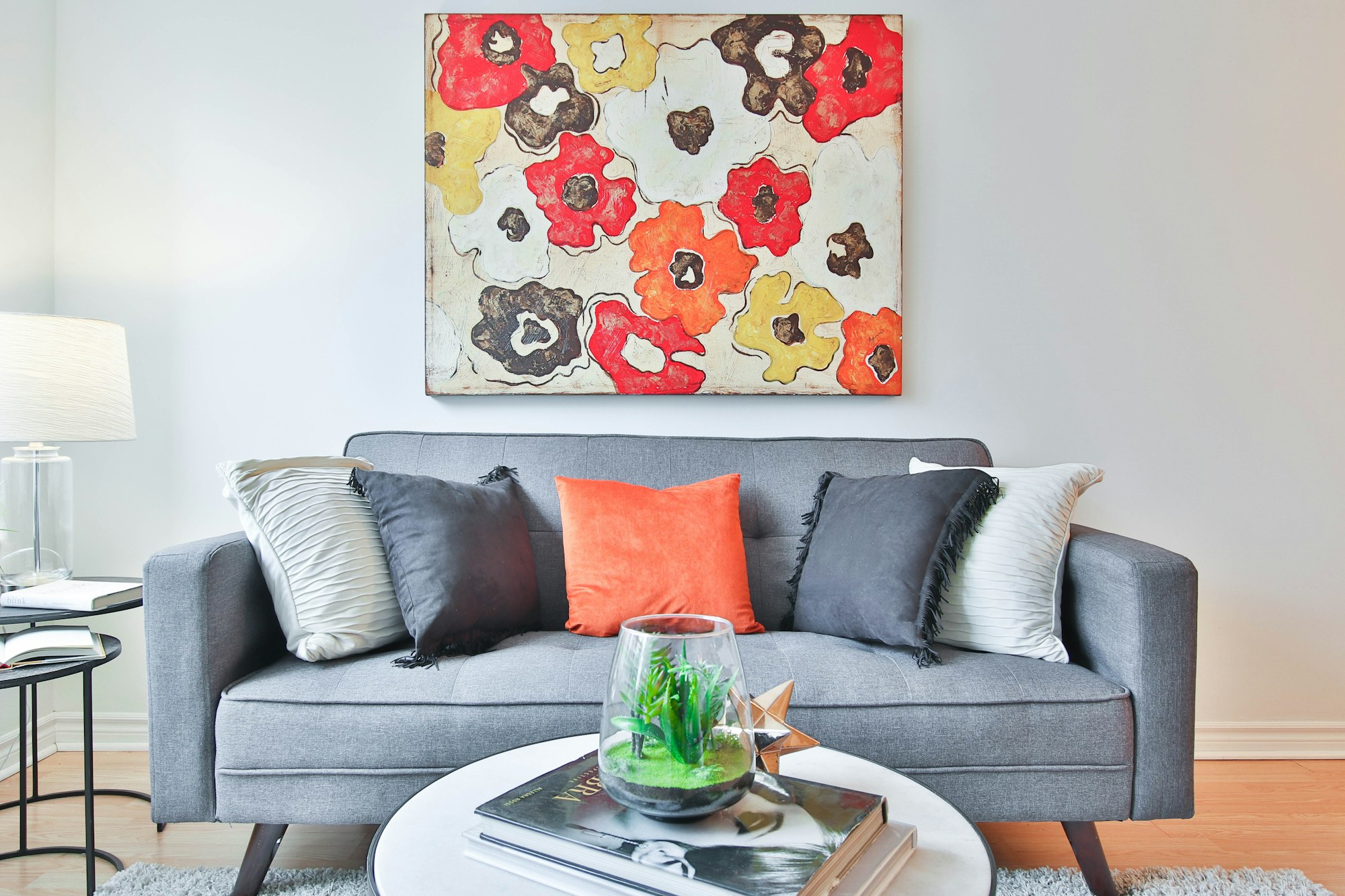
Choosing the right color to paint your house can be challenging. There is nothing worse than selecting a color, painting your favorite room and then deciding you hate it. Don't worry, the process gets easier once you know how to choose the right one and understand how it affects your home.
In this post, we offer practical tips on selecting the right paint color and provide examples you can use as inspiration. From understanding how colors work together to deciding what shade works best in your space, you'll be ready to paint like a pro.
Tips for choosing paint colors
When choosing what color to paint your home, consider the overall feeling you want to create. Do you want your rooms to feel light and airy? Are you going for a dark and moody vibe? Or, you want to create that bright, cheery space that makes you happy. The right color can help create the atmosphere you're looking for.
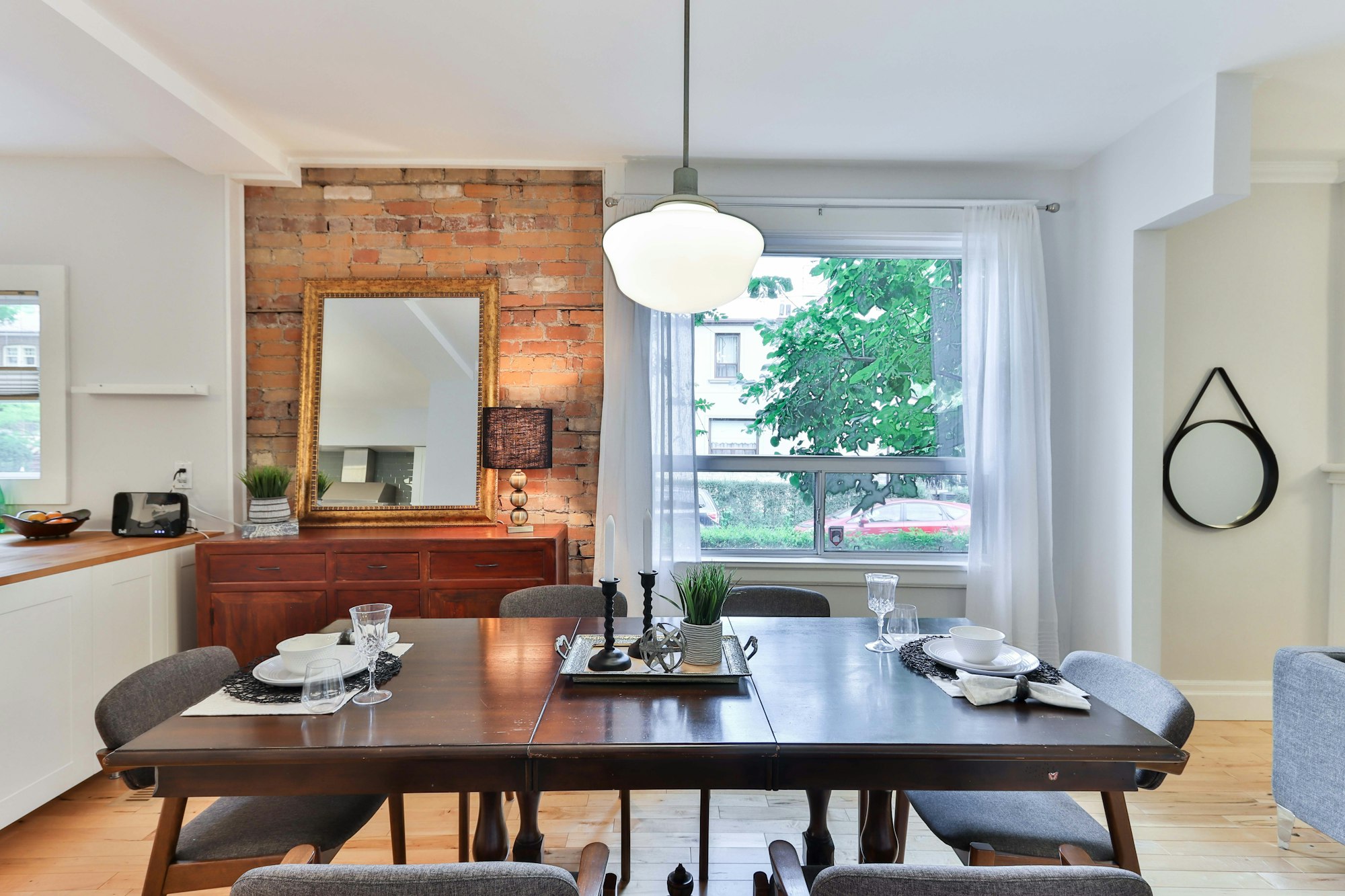
The room's mood is essential because colors can affect our mood, appetite and sleep. The process will be easier once you know what mood you want to create. Focus on the colors you like and those that make you happy, and start from there.
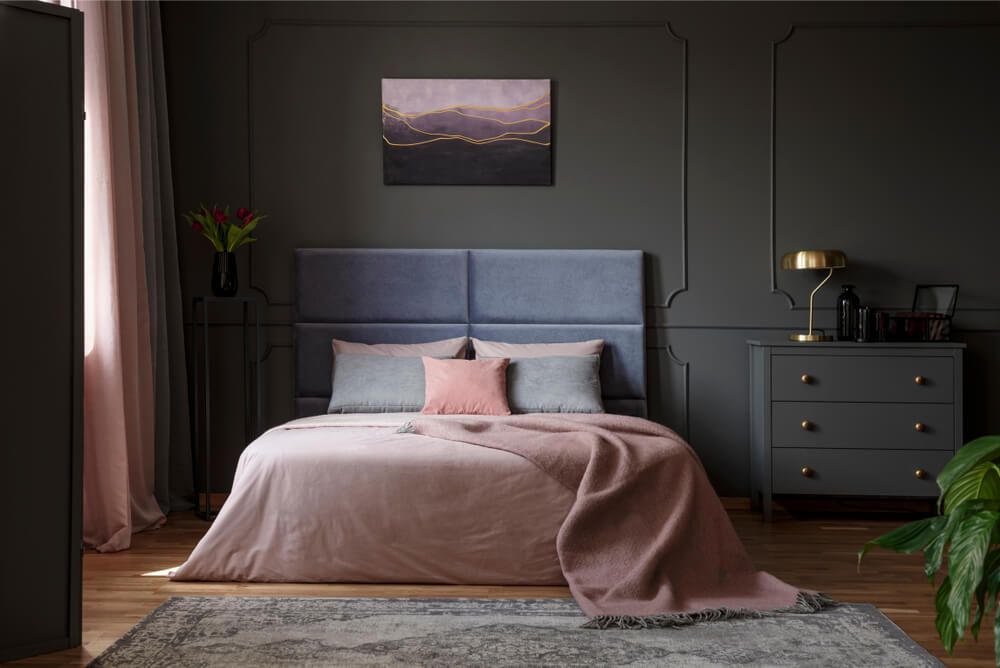
For example, if you want a room to feel cozy and intimate, you might choose a warm color like orange or red. If you want a room to feel calm and serene, you might want to choose a cooler color like blue or green. Each year, major paint companies announce the color of the year predictions, so that's also a good place to learn what's new and trendy.
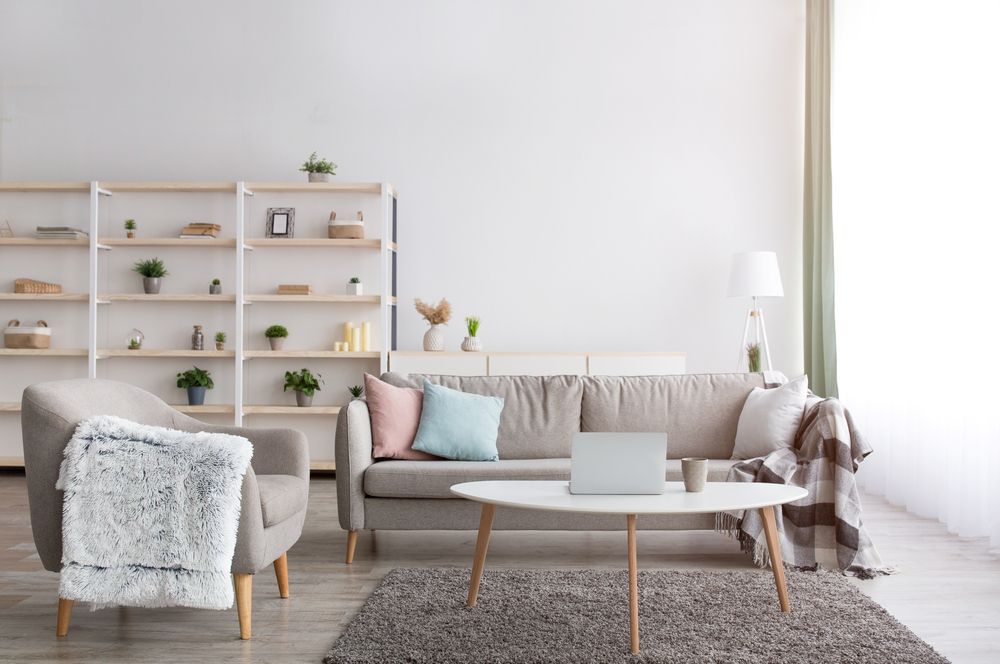
Color schemes for your interiors
To start, decide whether you want a warm or cool tone. Warm colors like orange, yellow and red can make a room feel cozy, while cool colors like blue, green and purple can be calming. Your color choice can even increase your energy, lower your blood pressure and help you decompress.
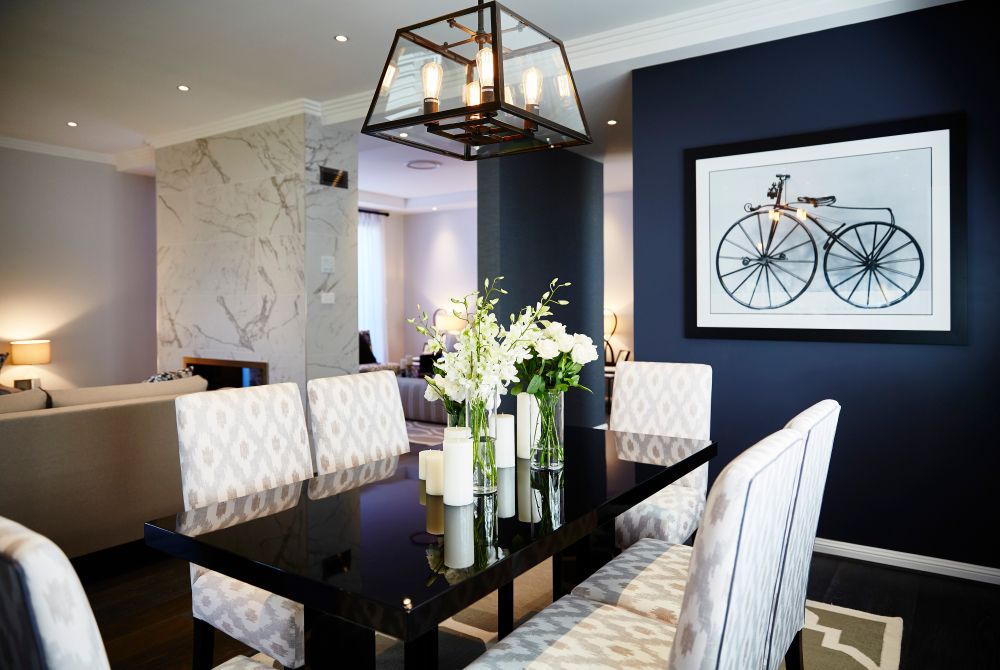
You should include neutrals and cool tones in your bedroom to help you relax and sleep better. Warmer colors might be a better choice for your living room or office, with splashes of bright accent colors for a cheerful and happy aesthetic.
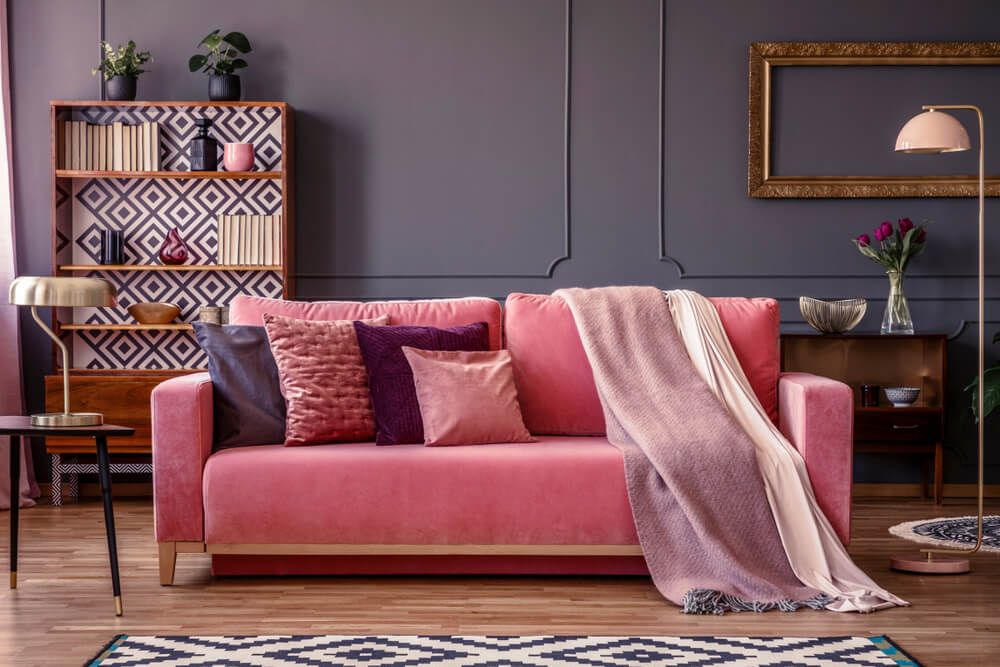
If you're not sure which type of color you want, we recommend picking a neutral shade like white or beige. These colors go with everything and can easily be repainted if you change your mind later.
Consider your design style
Another critical factor to consider when choosing paint colors is your design style. Some shades will be more appropriate than others. Do you prefer the simplistic palette of Scandinavian interior design style, or do you like the vibrant style of Art Deco? Maybe you like the traditional or rustic style. Your choice will play a role in your selection.
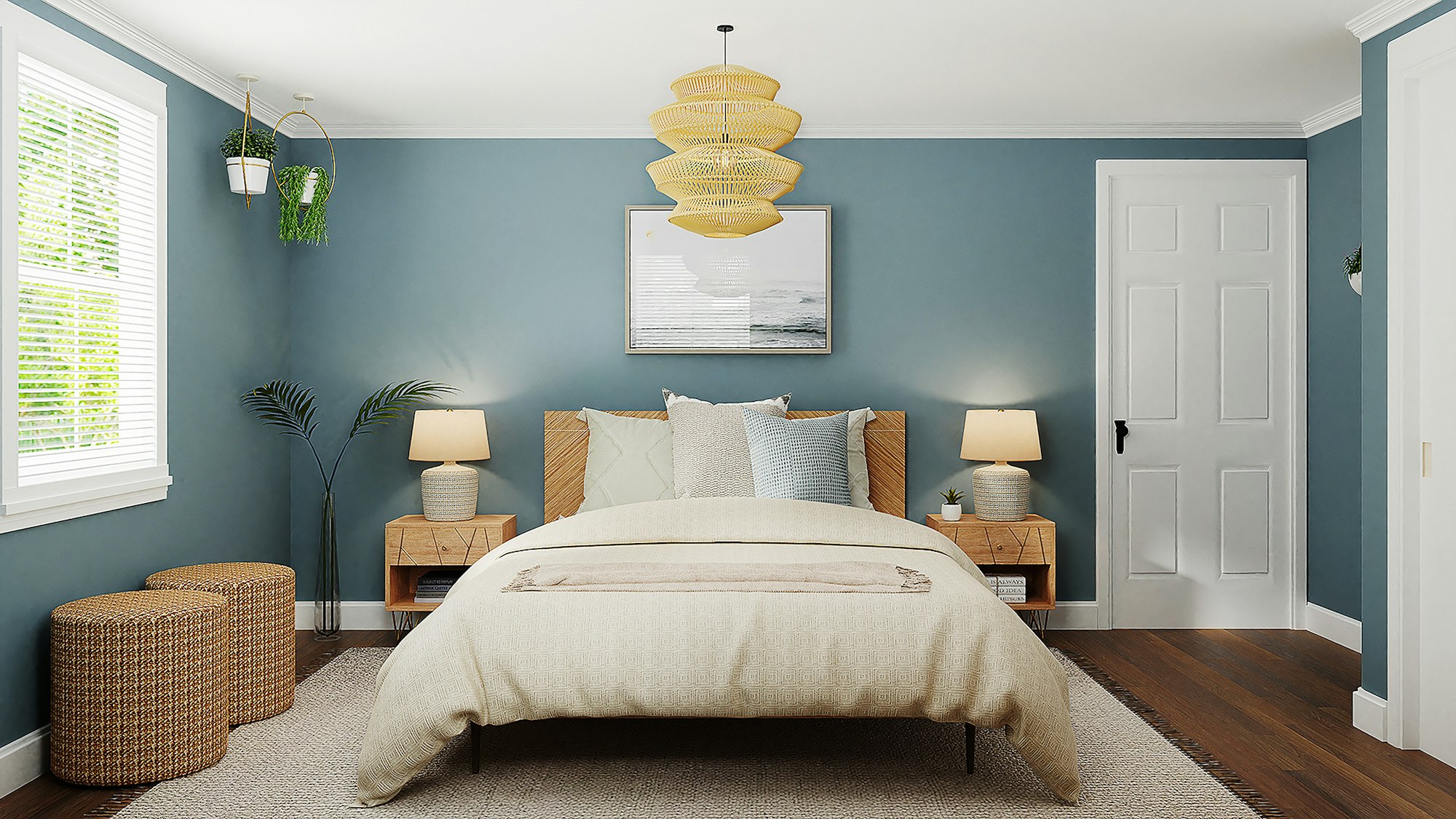
For example, if you're going for a rustic farmhouse look, you might want to choose a neutral palette with warm accent colors like red or yellow. On the other hand, if you prefer a modern aesthetic, you might want to go with a cool color like blue or green.
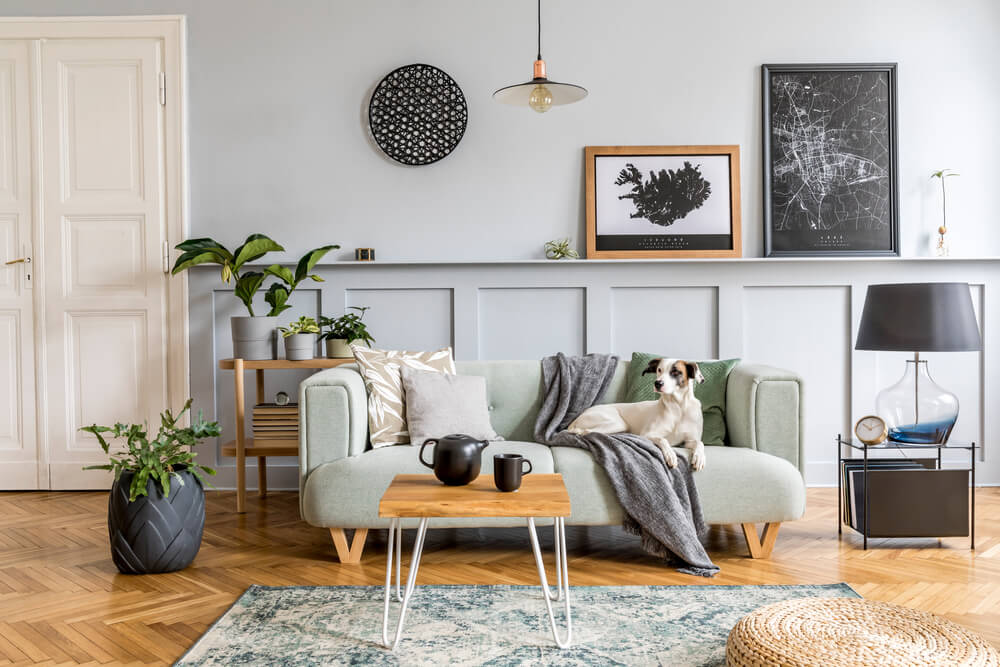
Can't figure out which design style is right for you? We think you'll enjoy our post on the most popular interior design styles to help you decide.
Don't forget about lighting
The lighting in your room can also affect the appearance of a paint color. The shade you choose can look very different in a can or on your computer screen from how it looks on the wall.
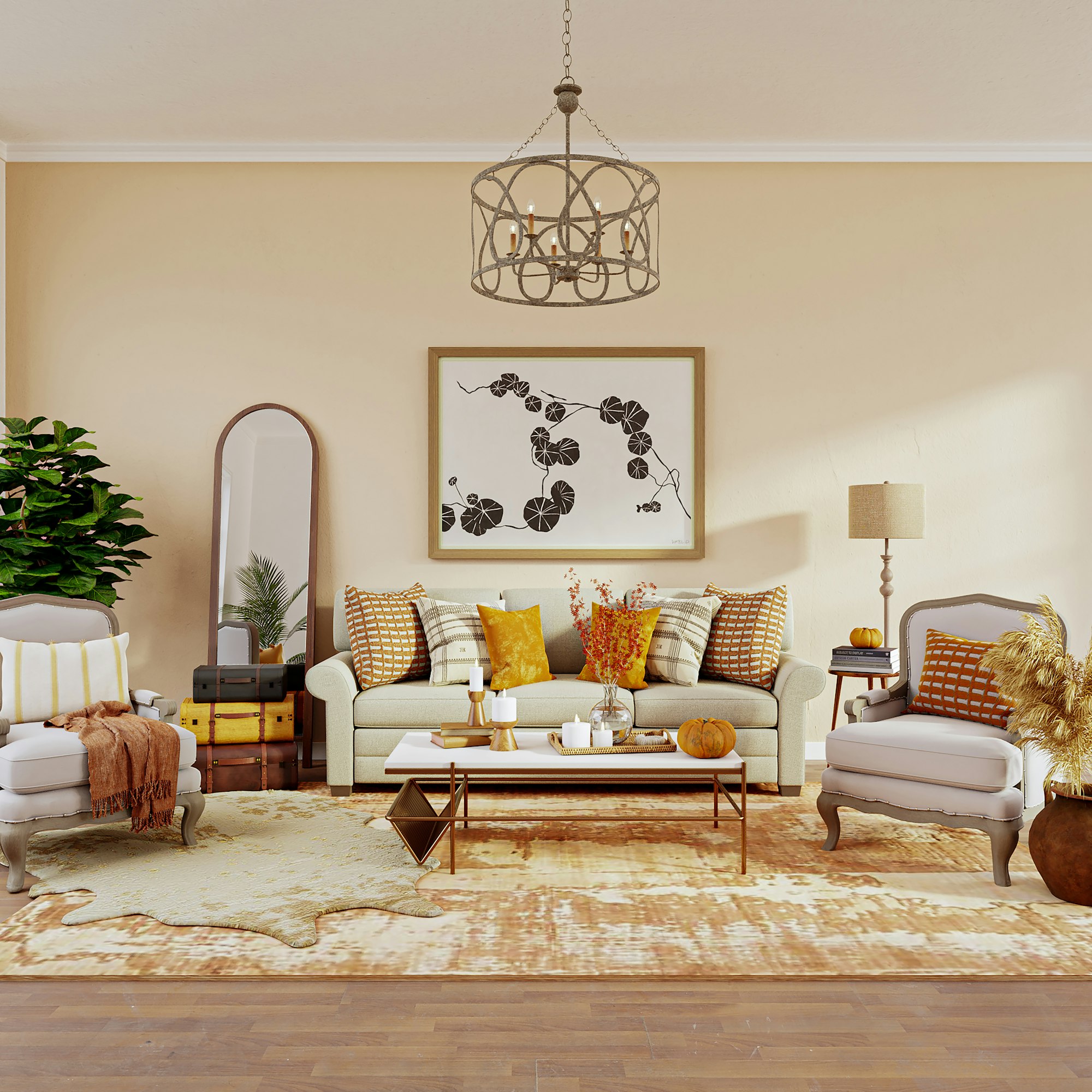
If a room has a lot of natural light, you choose a lighter paint color to prevent the space from feeling too overwhelming. If a room lacks natural light, you select darker paint to make the area feel cozier.

Lightbulbs come in many different shapes and sizes. The most commonly used in homes are incandescent, fluorescent and light-emitting diode (LED) bulbs. Incandescent bulbs are the traditional type of lightbulb. They produce light by passing an electric current through a wire filament.
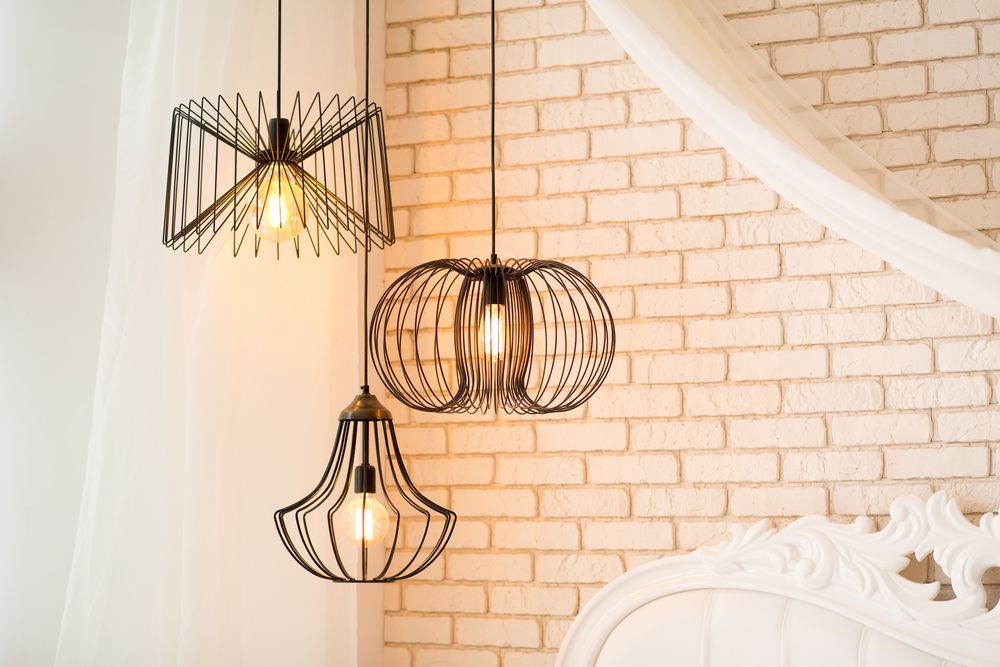
In fluorescent bulbs, the light is created by an electric current passing through the gas. LED bulbs produce light by passing an electric current through a semiconductor.
You should also consider the brightness of the lightbulb, as it might affect how the color looks when the lights are on. Make sure to test out your paint color in the space before committing to it. This will help you see how the light affects it and whether or not you like it.
How to test your colors before you paint
Once you've chosen a few paint samples you like, it's time to test them out. The test will help you see how the color looks in the space and how it changes throughout the day. The best way to do this is to buy sample sizes of the paint and paint small swatches on the wall.

We recommend painting a large poster board or cardboard with your desired color. Then, place the poster board in different areas of the room to see how the light affects it.
Follow the 60/30/10 interior decorating rule
Understanding the 60/30/10 interior decorating rule will help you create a color scheme that looks polished and put together. This rule states that 60% of the room should be the dominant color, 30% should be a secondary color, and the remaining should be an accent color.
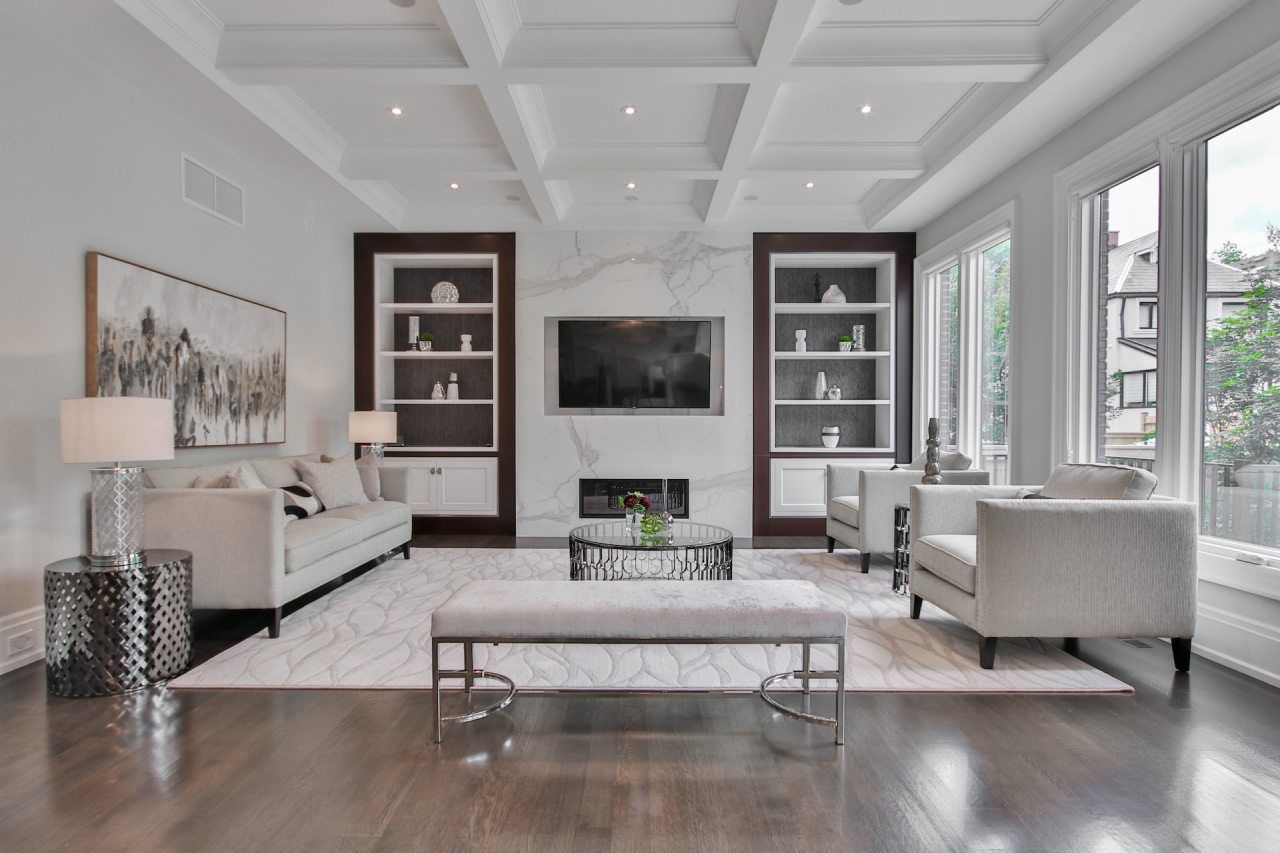
Use the color wheel to create harmonious color combinations that make an impression and achieve your desired effect. The most common harmonies you can opt for are monochrome, complementary or analogous color combinations.
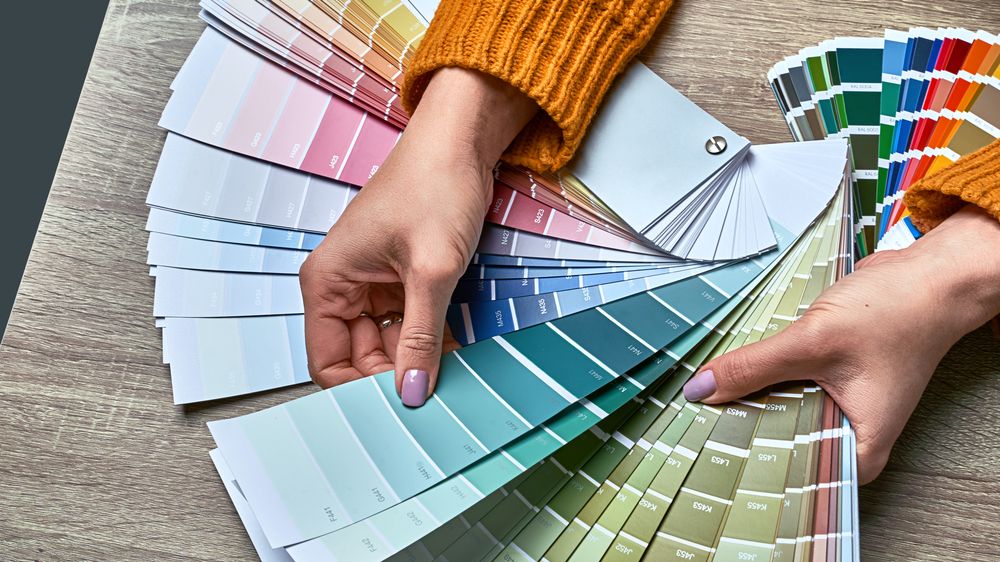
Monochrome combinations consist of multiple tints, shades and tones of one color. Complementary combinations (also known as contrasting) consist of colors on the opposite ends of the color wheel, while analogous combinations sit side by side on the wheel.
For example, if you are inspired by a painting with mostly blue and green tones, you could use blue as the dominant color, green as the secondary color and white as the accent. You can also opt for light grey as the dominant color, dark grey as the secondary and white as the accent.
Add accent colors to your home
If you're more comfortable with a neutral color palette on your walls, we recommend adding a splash of color to your home with accessories. These elements not only add pops of color but also inspire creativity. Pillows, blankets, throws and carpets are a great way to add pops of color throughout the room.
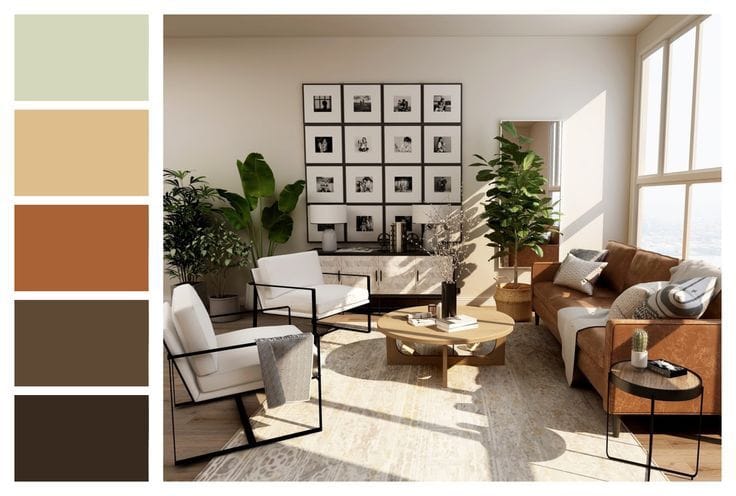
You can also use wall art, bowls, baskets and other artwork to tie the look together. However, keep in mind that adding too many patterns can make a room look busy and cluttered. By sticking to two or three colors, you can maintain a balanced and harmonious design, giving you peace of mind about your choices.

Another great way to add a spot of color is to create an accent wall painted a different color than the rest of the room. This option allows you to add bolder shades without overwhelming your space.
Conclusion
If you're still unsure about the paint colors you like, look around you. Inspiration can come from anywhere, including nature. Go outside and look at flowers, trees and the sky to find shades that work well together.
We hope these tips help you narrow down your options and find the perfect paint color for your space. Don't forget to check out our Pinterest board for interior design color palettes and find your inspiration.
